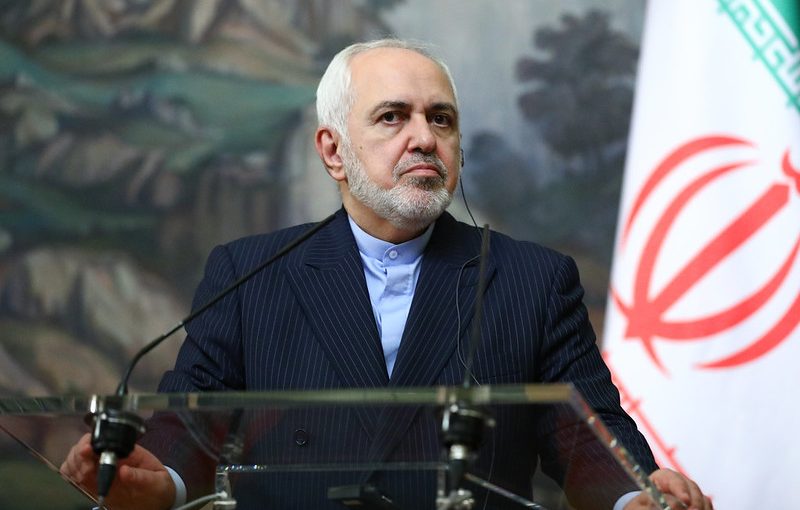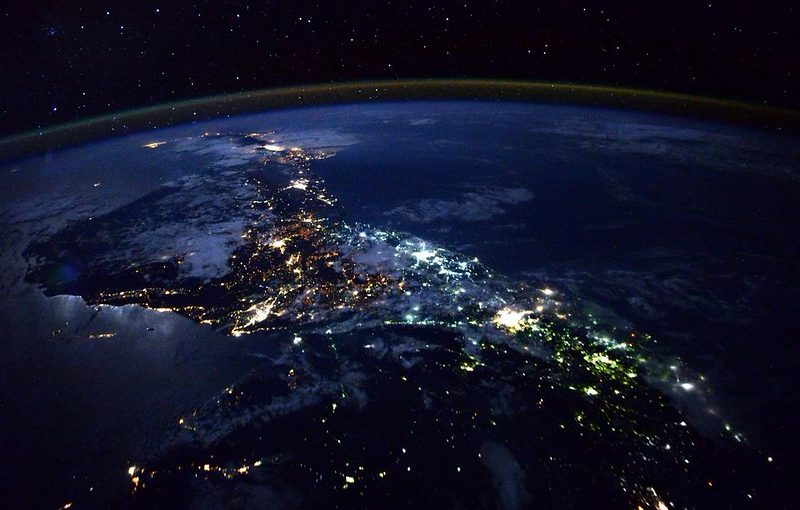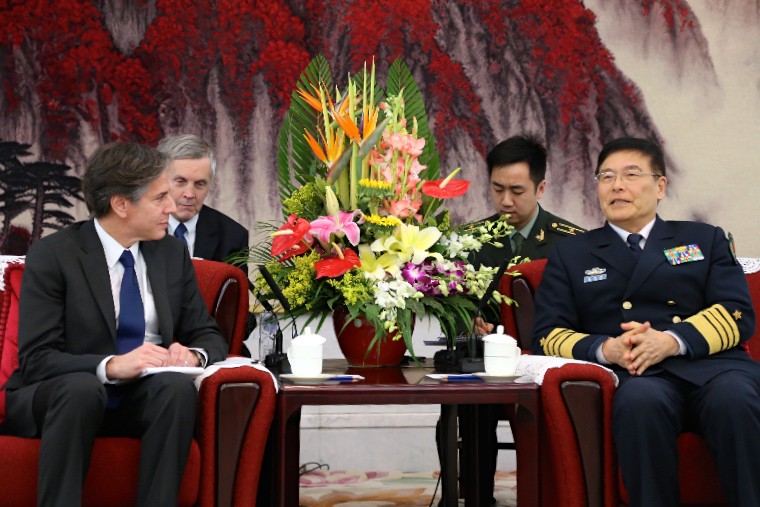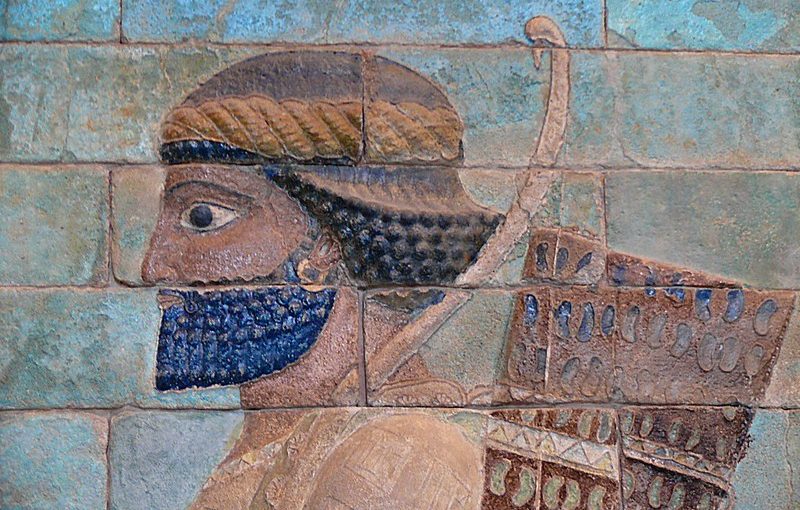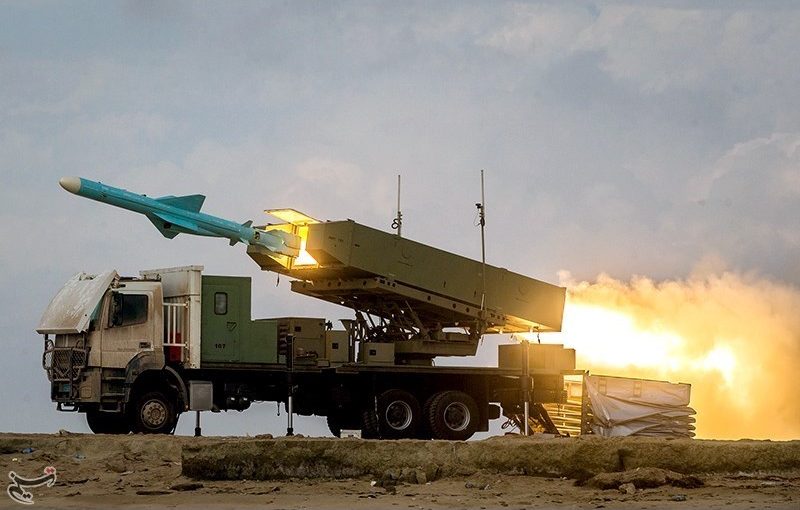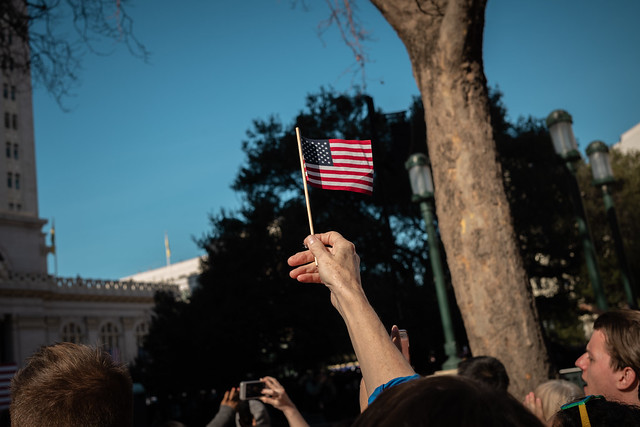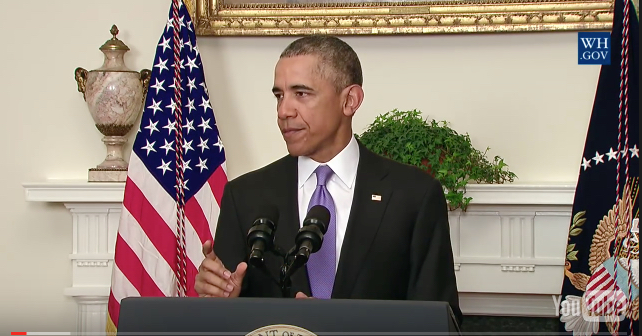The Cabinet Room
10:48 A.M. EST
THE PRESIDENT: This is a good day, because, once again, we’re seeing what’s possible with strong American diplomacy.
As I said in my State of the Union address, ensuring the security of the United States and the safety of our people demands a smart, patient and disciplined approach to the world. That includes our diplomacy with the Islamic Republic of Iran. For decades, our differences with Iran meant that our governments almost never spoke to each other. Ultimately, that did not advance America’s interests. Over the years, Iran moved closer and closer to having the ability to build a nuclear weapon. But from Presidents Franklin Roosevelt to John F. Kennedy to Ronald Reagan, the United States has never been afraid to pursue diplomacy with our adversaries. And as President, I decided that a strong, confident America could advance our national security by engaging directly with the Iranian government.
We’ve seen the results. Under the nuclear deal that we, our allies and partners reached with Iran last year, Iran will not get its hands on a nuclear bomb. The region, the United States, and the world will be more secure. As I’ve said many times, the nuclear deal was never intended to resolve all of our differences with Iran. But still, engaging directly with the Iranian government on a sustained basis, for the first time in decades, has created a unique opportunity — a window — to try to resolve important issues. And today, I can report progress on a number of fronts.
First, yesterday marked a milestone in preventing Iran from obtaining a nuclear weapon. Iran has now fulfilled key commitments under the nuclear deal. And I want to take a moment to explain why this is so important.
Over more than a decade, Iran had moved ahead with its nuclear program, and, before the deal, it had installed nearly 20,000 centrifuges that can enrich uranium for a nuclear bomb. Today, Iran has removed two-thirds of those machines. Before the deal, Iran was steadily increasing its stockpile of enriched uranium — enough for up to 10 nuclear bombs. Today, more than 98 percent of that stockpile has been shipped out of Iran — meaning Iran now doesn’t have enough material for even one bomb. Before, Iran was nearing completion of a new reactor capable of producing plutonium for a bomb. Today, the core of that reactor has been pulled out and filled with concrete so it cannot be used again.
Before the deal, the world had relatively little visibility into Iran’s nuclear program. Today, international inspectors are on the ground, and Iran is being subjected to the most comprehensive, intrusive inspection regime ever negotiated to monitor a nuclear program. Inspectors will monitor Iran’s key nuclear facilities 24 hours a day, 365 days a year. For decades to come, inspectors will have access to Iran’s entire nuclear supply chain. In other words, if Iran tries to cheat — if they try to build a bomb covertly — we will catch them.
So the bottom line is this. Whereas Iran was steadily expanding its nuclear program, we have now cut off every single path that Iran could have used to build a bomb. Whereas it would have taken Iran two to three months to break out with enough material to rush to a bomb, we’ve now extended that breakout time to a year — and with the world’s unprecedented inspections and access to Iran’s program, we’ll know if Iran ever tries to break out.
Now that Iran’s actions have been verified, it can begin to receive relief from certain nuclear sanctions and gain access to its own money that had been frozen. And perhaps most important of all, we’ve achieved this historic progress through diplomacy, without resorting to another war in the Middle East.
I want to also point out that by working with Iran on this nuclear deal, we were better able to address other issues. When our sailors in the Persian Gulf accidentally strayed into Iranian waters that could have sparked a major international incident. Some folks here in Washington rushed to declare that it was the start of another hostage crisis. Instead, we worked directly with the Iranian government and secured the release of our sailors in less than 24 hours.
This brings me to a second major development — several Americans unjustly detained by Iran are finally coming home. In some cases, these Americans faced years of continued detention. And I’ve met with some of their families. I’ve seen their anguish, how they ache for their sons and husbands. I gave these families my word — I made a vow — that we would do everything in our power to win the release of their loved ones. And we have been tireless. On the sidelines of the nuclear negotiations, our diplomats at the highest level, including Secretary Kerry, used every meeting to push Iran to release our Americans. I did so myself, in my conversation with President Rouhani. After the nuclear deal was completed, the discussions between our governments accelerated. Yesterday, these families finally got the news that they have been waiting for.
Jason Rezaian is coming home. A courageous journalist for The Washington Post, who wrote about the daily lives and hopes of the Iranian people, he’s been held for a year and a half. He embodies the brave spirit that gives life to the freedom of the press. Jason has already been reunited with his wife and mom.
Pastor Saeed Abedini is coming home. Held for three and half years, his unyielding faith has inspired people around the world in the global fight to uphold freedom of religion. Now, Pastor Abedini will return to his church and community in Idaho.
Amir Hekmati is coming home. A former sergeant in the Marine Corps, he’s been held for four and a half years. Today, his parents and sisters are giving thanks in Michigan.
Two other Americans unjustly detained by Iran have also been released — Nosratollah Khosravi-Roodsari and Matthew Trevithick, an Iranian — who was in Iran as a student. Their cases were largely unknown to the world. But when Americans are freed and reunited with their families, that’s something that we can all celebrate.
So I want to thank my national security team — especially Secretary Kerry; Susan Rice, my National Security Advisor; Brett McGurk; Avril Haines; Ben Rhodes — our whole team worked tirelessly to bring our Americans home, to get this work done. And I want to thank the Swiss government, which represents our interests in Iran, for their critical assistance.
And meanwhile, Iran has agreed to deepen our coordination as we work to locate Robert Levinson — missing from Iran for more than eight years. Even as we rejoice in the safe return of others, we will never forget about Bob. Each and every day, but especially today, our hearts are with the Levinson family, and we will not rest until their family is whole again.
In a reciprocal humanitarian gesture, six Iranian–Americans and one Iranian serving sentences or awaiting trial in the United States are being granted clemency. These individuals were not charged with terrorism or any violent offenses. They’re civilians, and their release is a one-time gesture to Iran given the unique opportunity offered by this moment and the larger circumstances at play. And it reflects our willingness to engage with Iran to advance our mutual interests, even as we ensure the national security of the United States.
So, nuclear deal implemented. American families reunited. The third piece of this work that we got done this weekend involved the United States and Iran resolving a financial dispute that dated back more than three decades. Since 1981, after our nations severed diplomatic relations, we’ve worked through a international tribunal to resolve various claims between our countries. The United States and Iran are now settling a longstanding Iranian government claim against the United States government. Iran will be returned its own funds, including appropriate interest, but much less than the amount Iran sought.
For the United States, this settlement could save us billions of dollars that could have been pursued by Iran. So there was no benefit to the United States in dragging this out. With the nuclear deal done, prisoners released, the time was right to resolve this dispute as well.
Of course, even as we implement the nuclear deal and welcome our Americans home, we recognize that there remain profound differences between the United States and Iran. We remain steadfast in opposing Iran’s destabilizing behavior elsewhere, including its threats against Israel and our Gulf partners, and its support for violent proxies in places like Syria and Yemen. We still have sanctions on Iran for its violations of human rights, for its support of terrorism, and for its ballistic missile program. And we will continue to enforce these sanctions, vigorously. Iran’s recent missile test, for example, was a violation of its international obligations. And as a result, the United States is imposing sanctions on individuals and companies working to advance Iran’s ballistic missile program. And we are going to remain vigilant about it. We’re not going to waver in the defense of our security or that of our allies and partners.
But I do want to once again speak directly to the Iranian people. Yours is a great civilization, with a vibrant culture that has so much to contribute to the world — in commerce, and in science and the arts. For decades, your government’s threats and actions to destabilize your region have isolated Iran from much of the world. And now our governments are talking with one another. Following the nuclear deal, you — especially young Iranians — have the opportunity to begin building new ties with the world. We have a rare chance to pursue a new path — a different, better future that delivers progress for both our peoples and the wider world. That’s the opportunity before the Iranian people. We need to take advantage of that.
And to my fellow Americans, today, we’re united in welcoming home sons and husbands and brothers who, in lonely prison cells, have endured an absolute nightmare. But they never gave in and they never gave up. At long last, they can stand tall and breathe deep the fresh air of freedom.
As a nation, we face real challenges, around the world and here at home. Many of them will not be resolved quickly or easily. But today’s progress — Americans coming home, an Iran that has rolled back its nuclear program and accepted unprecedented monitoring of that program — these things are a reminder of what we can achieve when we lead with strength and with wisdom; with courage and resolve and patience. America can do — and has done — big things when we work together. We can leave this world and make it safer and more secure for our children and our grandchildren for generations to come.
I want to thank once again Secretary Kerry; our entire national security team, led by Susan Rice. I’m grateful for all the assistance that we received from our allies and partners. And I am hopeful that this signals the opportunity at least for Iran to work more cooperatively with nations around the world to advance their interests and the interests of people who are looking for peace and security for their families.
Thank you so much. God bless you, and God bless the United States of America.
END 11:03 A.M. EST
 日本語
日本語 English
English 中国語
中国語